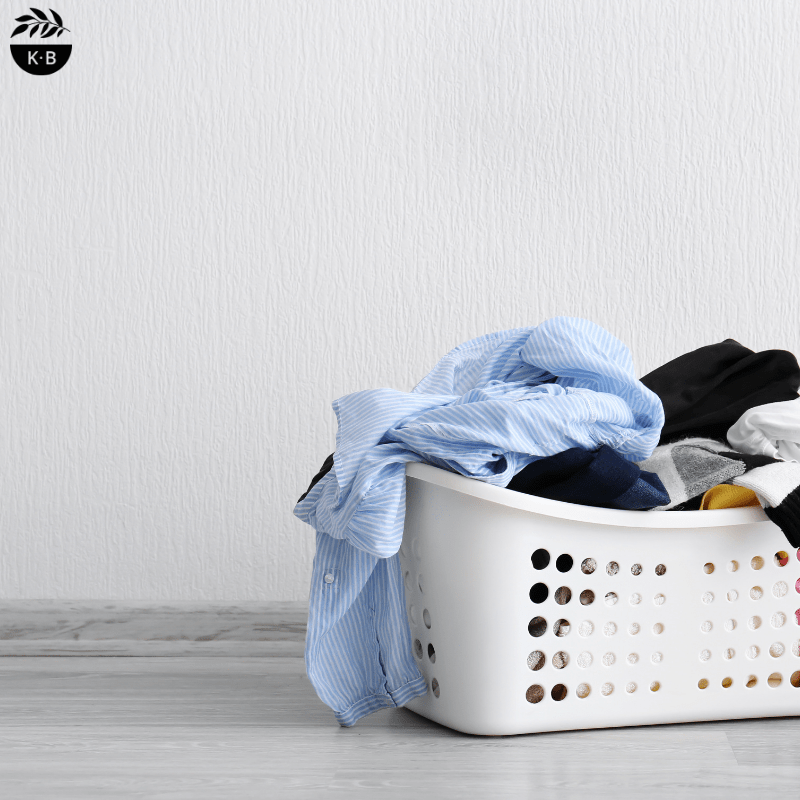 We all want to be able to throw our dirty laundry into the washing machine, set it to go and have everything come out clean, fresh and stain-free, am I right?
We all want to be able to throw our dirty laundry into the washing machine, set it to go and have everything come out clean, fresh and stain-free, am I right?
Here’s the thing… Marketing has conditioned us over the years to believe that whiter whites, bright colours, stain-free kids’ uniforms, fragrant and fluffy towels can be achieved simply – set and forget. It’s an unrealistic expectation. The tactics and ingredients that these companies are using are not cool (more about this below).
We’ve become lazy busy. For many people, investing extra time and effort into a task, like the laundry, is an unnecessary nuisance. This attitude could do with a itty bitty bit of tweaking…
What Do You Need To Know About Mainstream Cleaning Product Manufacturers?
〉They’re not required to tell you what they put inside their products, even if you ask.
Manufacturers of cosmetics and skin care must, by law, tell you what is inside their products. This is great because it allows you to make an informed decision, helping you avoid any potential irritants and undesirable ingredients, like palm oil, for example.
Cleaning products, because they’re not designed to be used on the body, hide behind this law. My issue here is that many cleaning products are actually making contact with our skin, sometimes for an extended period of time: window spray often settles on the skin, and our hands are often submerged for quite a while in water with dishwashing liquid. So shouldn’t we know what’s inside?
Heads up – a way around this, is to ask for the Safety Data Sheet – this will include a full assessment of the product.
〉Marketing is anyone’s game. Companies look for pain points.
No time? That’s ok, we have a washing powder, stain remover and fabric softener in one!
Irritated skin? That’s ok, we have a sensitive, fragrance-free range for you!
Cleaning costing you a bomb? That’s ok, we have 20kg bulk buy specials!
Sick of dull whites? That’s ok, we have a specially formulated product that will take care of that!
But I ask you, have you considered what, exactly, they’re using to formulate their products? Are you aware of the impact these ingredients, and their manufacturing process, are having on you and the environment (examples coming up)? And, have you actually looked into the natural claims and earthy looking packaging? Is it actually natural? Chances are it’s not.
〉Testing is minimal, if it’s done at all.
Companies aren’t required to test their products before they’re put on the shelf. So adverse reactions may only be discovered after the fact. Yes, individual chemicals need to be registered, but A and B may equal C, and C might be a harmful by-product, an ignored side effect. Are you ok with that?
Recently, I Asked Coles About Their Laundry Booster
Here is the product I had questions about, in particular, what made up the remaining 720g, and why there might be bones inside. **update, Sept 2020: Coles have written back to say that this is a misprint on their labels. Hmmm.
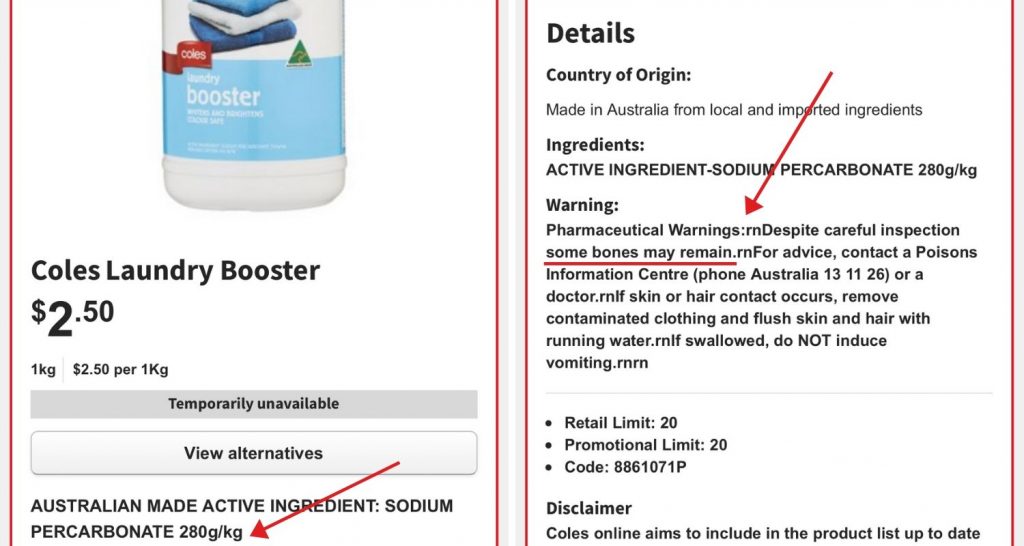
Here are the screenshots of the emails I sent and received.
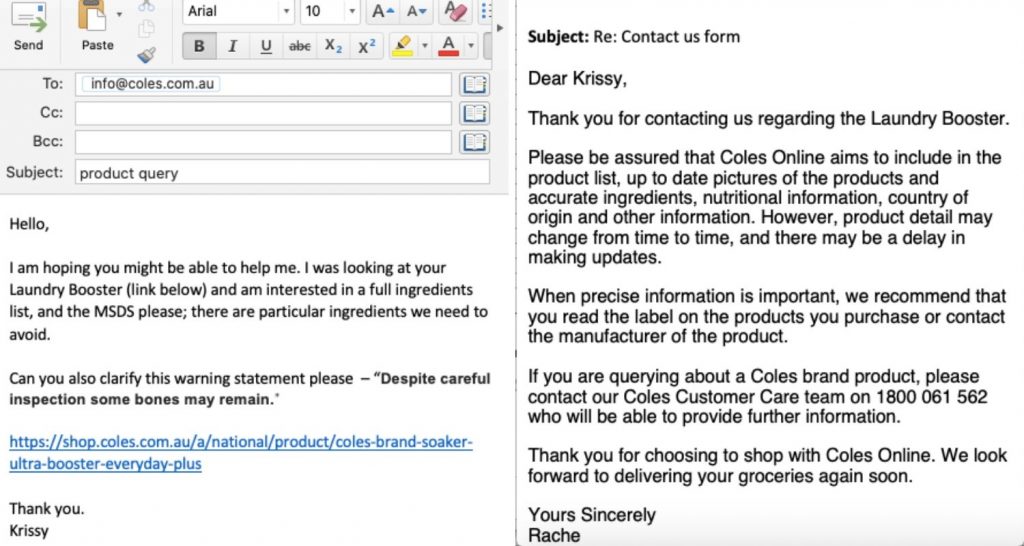
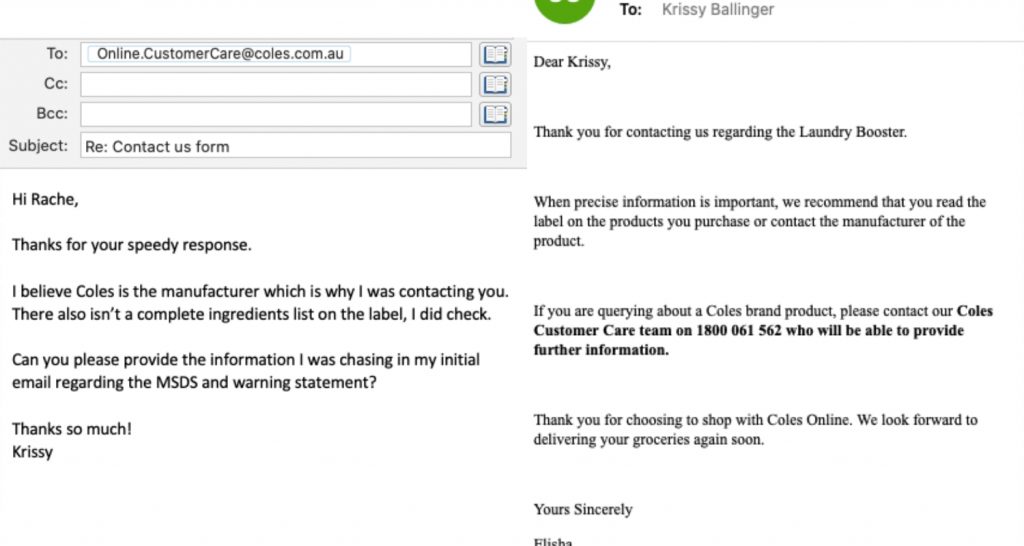
It ended with me making a phone call, and I was sent the SDS. If you want a copy, simply ask them for one.
The key points I discovered were these:
〉Ingredients: sodium percarbonate (30-35%), alkaline salts (20-40%), sodium chloride (20-40%), surfactant <10%), enzymes (<1%), ingredients determined not to be hazardous (<1%).
〉Causes severe burns and eye damage.
〉The material can produce chemical burns following direct contact with the skin.
〉Should only be used outdoors or in a well-ventilated area (is your laundry an open-air one?).
〉Should not be discharged into sewer or waterways (do you catch and treat your greywater?)
Ready For A Complete Guide On Doing Laundry Without The Nasties?
I’m here to tell you, that if you’re keen to make the switch to laundry products that don’t harm you or the environment, then it can be done.
Before we go any further, can I remind you that you will need to adjust your expectations a little?
Clothes will come out your machine smelling like, well clothes, not Japanese cherry blossoms! And, sometimes you will need to soak a few items, and practice a little patience. But you know what, it’s worth it!!
〉Washing Detergent
Find my simple recipe here. It is basically all I have used for over 5 years, and it’s rare that I need to rewash anything. I also have a liquid version here. Soapberries are another alternative; read all about them here.
Troubleshooting Tips: White soapy residue being left behind on clothes – you might be using too much washing powder, reduce the amount and try again. Your soap powder may not be fine enough – add a small amount of washing powder, at a time, to a blender and give it a whizz (beware of the dust). Your washing machine might also need a clean – do so by pulling apart the bits that come apart, and give them a thorough clean with hot water, some bicarb & salt or this Cleaning Paste and some hard yakka! Then run the machine on a hot cycle with a cup of borax, sodium percarbonate or citric acid, with white vinegar in the softener dispenser.
〉Fabric Softener
It couldn’t be easier than just using white vinegar and few drops of essential oils of choice. While the frangrance doesn’t really last on clothing, you will definitely smell when the rinse cycle starts! If you want to get fancy, I have a recipe using both salt and vinegar as a fabric softener here.
〉Stain Treatment
In my experience, stains need appropriate first aid treatment in order to be successfully removed! So, if you spill anything on your favourite white t-shirt, get it into a bucket of water (not hot, as this can set stains), asap! You can even add a tablespoon of washing soda or borax to help stop the stain from setting in between the fibres.
Occasionally you will need a little extra oomph, and I have a few stain-busting options here.
I also have a stain solution which is a great way to generally brighten clothes, treat sweat marks on pillowcases and bedding, and remove build-up on the armpit area of clothing (especially handy if you’re DIY-ing natural deodorant). Find the recipe here.
〉Drying laundry
SUNLIGHT!!!! Don’t underestimate the power of the sun – it kills bacteria, treats stains, brightens clothing and, it won’t cost you a cent to use! Grab yourself some metal pegs too, they are the best! Check out That Red House. A quick search online should provide you with a few other options too.
If for whatever reason you’re using a clothes dryer, you might like to drop a few essential oils on a cotton pad or old sock, and get your laundry smelling divine. Again, the smell doesn’t linger for long on the clothes, but it really is lovely and a much healthier alternative to artificially fragranced dryer pads.
〉Deep clean option
I find this method particularly useful for, ahhh, manky dishcloths! You will not be disappointed to see the icky brown water left behind when you use this method on your clean dishcloths – strangely satisfying! Check it out here.
〉The rest of your laundry room
Clean surfaces with this handy cleaning spray, and mop the floors with hot water and some vinegar or a dash of liquid castile soap. More recipes and solutions in my book, Naturally Inspired.
So there we have it, your laundry sorted, naturally!
If you’re a little shocked or outraged by the fact that cleaning companies aren’t required to disclose their ingredients lists, please consider signing my petition. I aim to make some noise and get these laws changed.
And if you’re after suggestions on suppliers for ingredients, check this info out.
Before I go… I’ll make a point of mentioning again that you must take on board the bits (of what’s thrown at you) that work for YOU! If you can only handle natural fabric softener right now, then just use natural fabric softener. Don’t worry about the rest! Obviously the most natural options for the rest would be ideal, but no guilt – do the best you can do, leave the intensity, overwhelm and pressure at the door!
For more laundry tips, grab yourself a copy of my Natural DIY Favourites – Laundry Essentials eBook – it’s free!
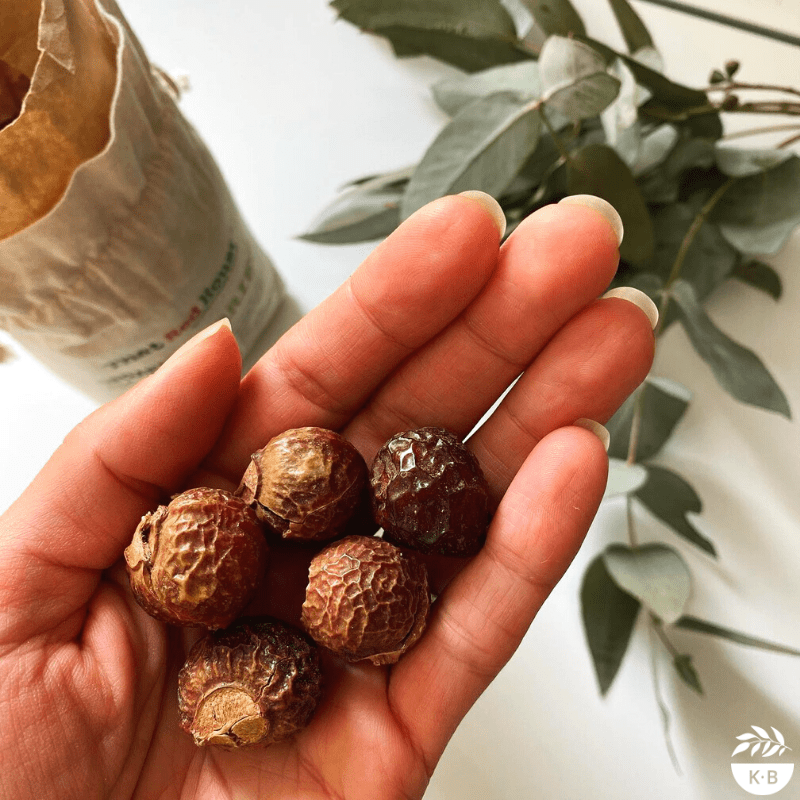

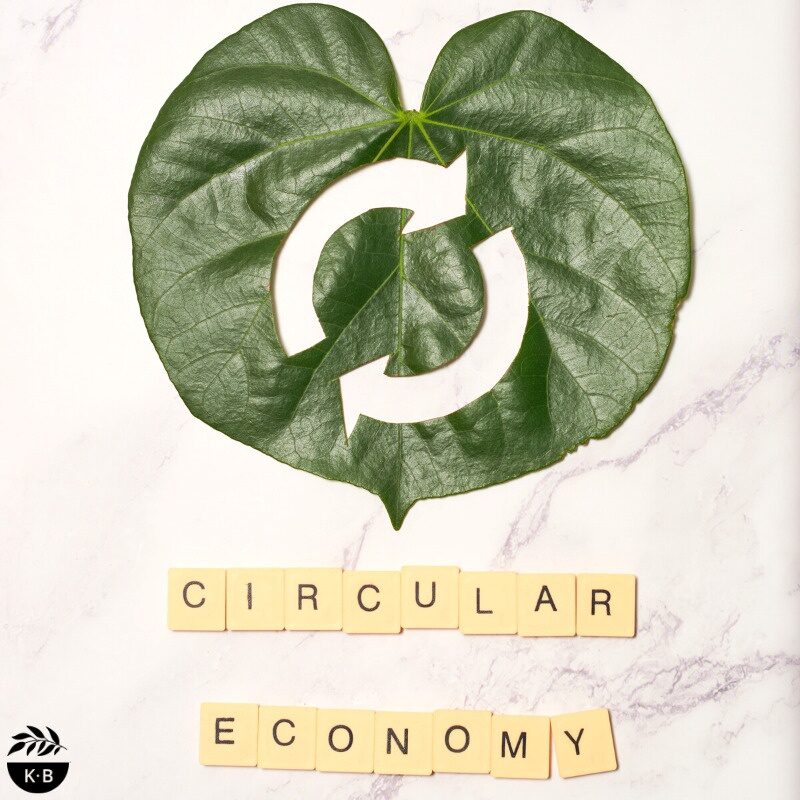

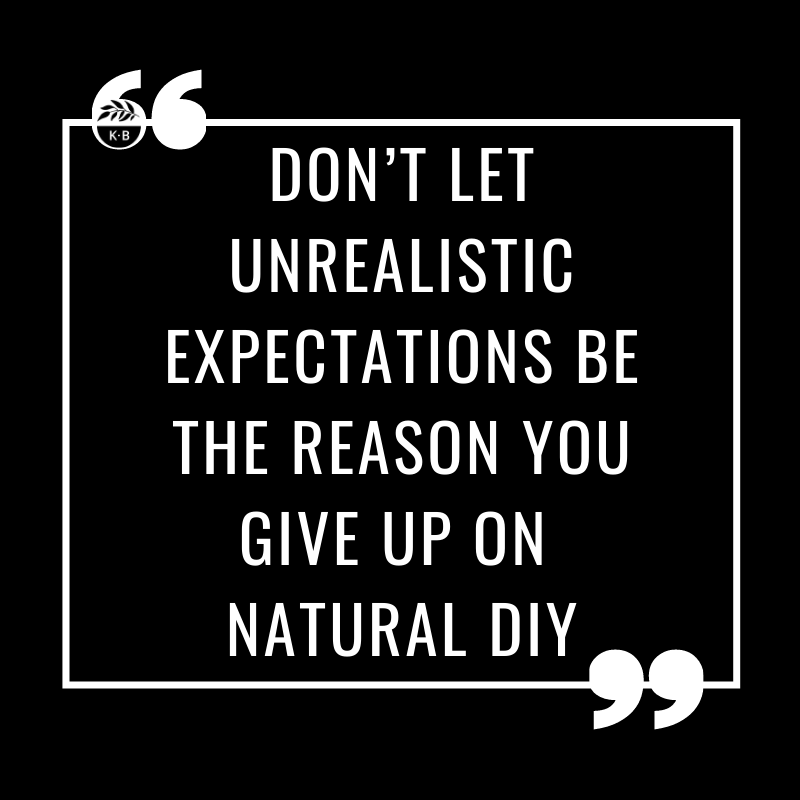
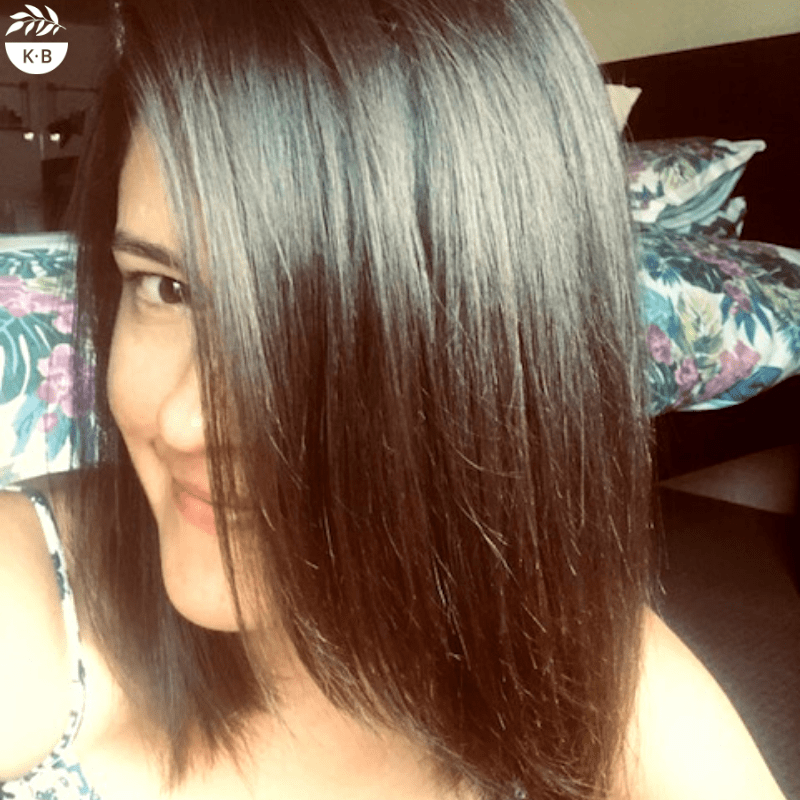
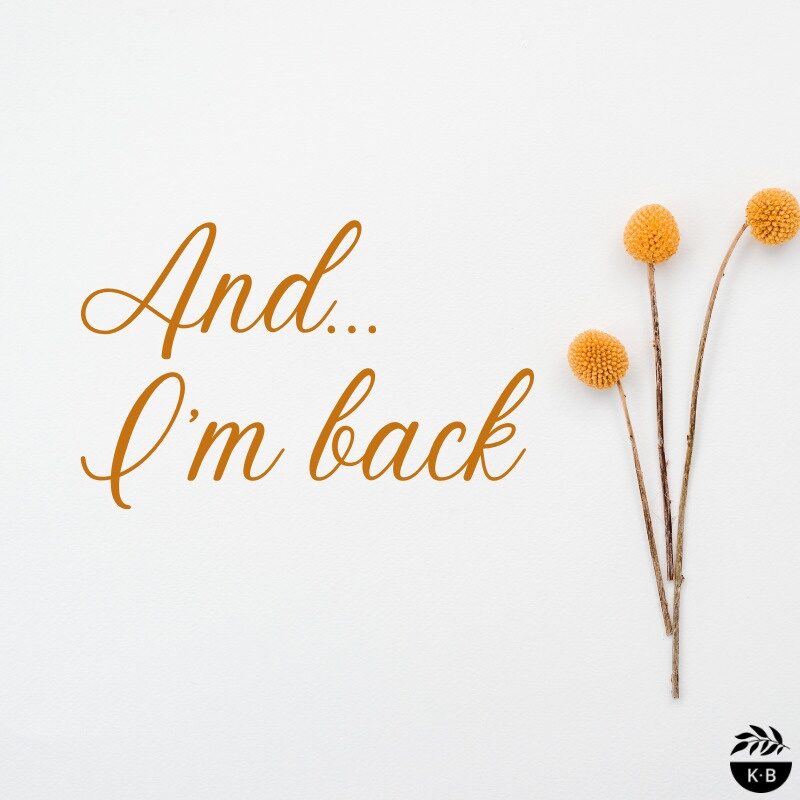
1 Comment
Thank you Krissy for doing the hard yards for us. I always use this sort of whitener in my wash, not necessarily Coles brand, but I guess they all use pretty much the same ingredients, will be changing my strategy now. I always use just white vinegar for whitening and a good eco (Bosistos) washing powder.